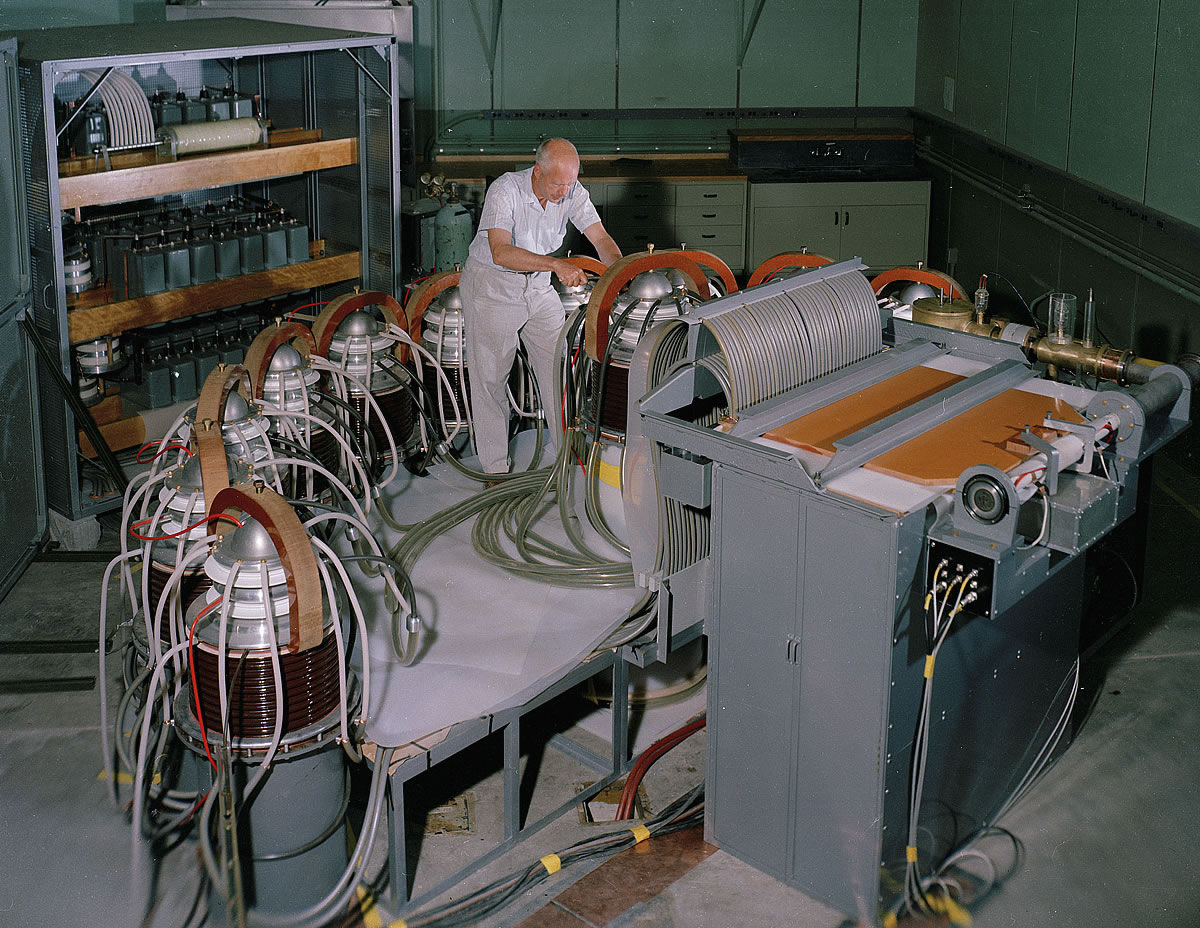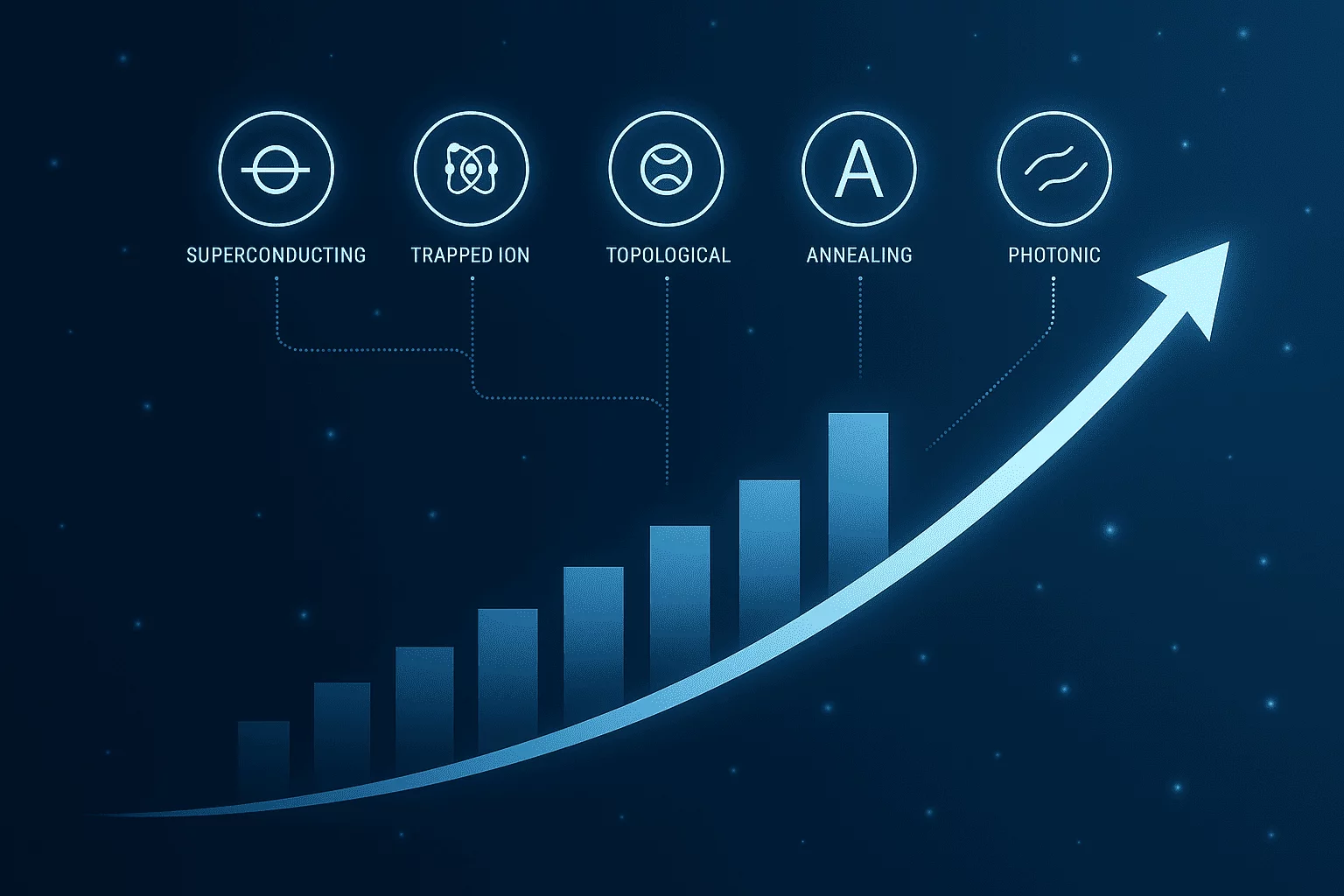When it comes to trading and investing, one of the biggest decisions you’ll make is how you analyze the markets. Two major schools of thought dominate: technical analysis Vs. fundamental analysis. Each method has its own strengths and weaknesses, and knowing when and how to use each can make the difference between a lucky guess and a smart trade. In this article, we’ll break down the pros and cons of both methods, explore when to use each, and uncover why combining them might just give you the ultimate edge in the market.
Whether you’re a day trader seeking rapid-fire signals or a long-term investor searching for hidden value, understanding these two approaches is essential. Technical analysis relies on market psychology and patterns, capturing momentum and timing. Fundamental analysis, on the other hand, digs into the core of a company or economy to reveal intrinsic value. The strategies might seem at odds, but each has a role to play depending on your goals and the market conditions.
The Power of Technical Analysis
Technical analysis is all about price action. Traders who use this strategy believe that all known information is already reflected in the stock’s price. Instead of focusing on company reports or economic news, they study historical data, patterns, and indicators on price charts.
Pros of Technical Analysis:
- Quick Decision-Making: Ideal for short-term trades. Patterns like head and shoulders or moving average crossovers offer actionable signals.
- Widely Used in Day Trading: Most day traders swear by it. With tools like RSI, MACD, and Bollinger Bands, you can track momentum and overbought/oversold conditions in seconds.
- Visual Representation: Seeing trends on a chart helps identify entry and exit points.
Cons of Technical Analysis:
- No Context: It doesn’t account for news, earnings, or major macro events.
- Overcrowding: If too many people act on the same patterns, it may cause false signals.
- Subjectivity: Chart interpretation can vary wildly from trader to trader.
Best Time to Use It: Technical analysis shines in high-liquidity, short-term markets like forex, crypto, and day trading stocks. It helps when you’re in and out of trades in minutes, hours, or days.
The Strength of Fundamental Analysis
Fundamental analysis digs deeper. It involves evaluating a company’s financial health, management quality, competitive position, industry trends, and economic indicators. It answers: Is this asset truly worth its current price?
Pros of Fundamental Analysis:
- Long-Term Perspective: Investors like Warren Buffett swear by this approach. It’s about buying solid businesses, not just stocks.
- Better for Value Investing: Spotting undervalued stocks can lead to big long-term gains.
- Macro View: Helps assess broader economic trends and industry cycles.
Cons of Fundamental Analysis:
- Time-Consuming: Digging into balance sheets, reading annual reports, and comparing ratios takes effort.
- Lagging Indicator: By the time the data reflects reality, the market may have already moved.
- Limited Short-Term Use: Not ideal for traders who want fast decisions.
Best Time to Use It: Fundamental analysis is the go-to for long-term investors and position traders. It’s best when you’re building a portfolio and holding assets for months or years.
Real-World Example: Tesla (TSLA)

In early 2020, technical analysts noticed Tesla breaking out of a multi-year consolidation phase. The stock surged past $100 (split-adjusted), triggering bullish signals.
At the same time, fundamental analysts were skeptical. Tesla’s earnings were inconsistent, and traditional valuation metrics showed the stock was overvalued.
However, over time, fundamentals improved. Tesla showed consistent profits, increased production, and expanded market share. The result? The stock soared, satisfying both camps in different timelines.
Why Not Both? The Hybrid Approach
The smartest traders know that they don’t have to choose sides. Combining both technical and fundamental analysis often leads to the best results.
How the Blend Works:
- Use Fundamentals to Pick the Right Stock: Find companies with strong earnings, growth potential, or undervaluation.
- Use Technicals to Time Your Entry and Exit: Wait for a breakout, pullback, or confirmation pattern before buying.
Benefits of a Hybrid Strategy:
- Increased Accuracy: You’re not relying on just one lens. This reduces the chance of false signals.
- Confidence in Decision-Making: Knowing that a stock is both technically poised and fundamentally sound boosts conviction.
- Flexibility: Adapts to various market conditions and trading styles.
Technical Vs Fundamental: Choose Wisely, Trade Smarter

- Technical Analysis is best for short-term traders looking for quick signals and precise timing.
- Fundamental Analysis suits long-term investors focused on company value and economic trends.
- Combining Both can enhance your strategy, giving you a balanced view of what to buy and when.
There’s no one-size-fits-all answer. It depends on your goals, risk tolerance, and time horizon. Start by understanding both methods. Experiment. Backtest. Then build your own system.
Final Thoughts from the Trading World
Mattias Knutsson, a respected trader and educator in the financial community, often emphasizes the power of integrating both technical and fundamental insights. In his teachings, he urges traders to “see the whole chessboard,” not just the last move or the overall strategy. According to Knutsson, real trading mastery happens when we blend analytical precision with context-driven decision-making.
So whether you’re following candles or combing through income statements, remember: the smartest traders are the ones who stay curious, flexible, and always learning.





